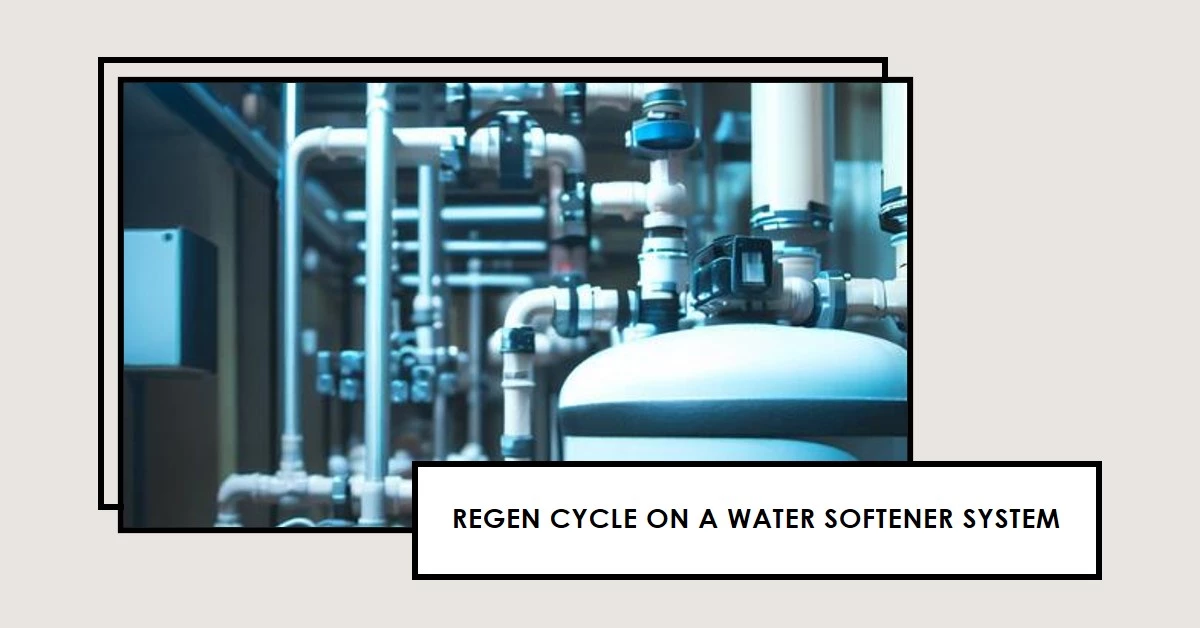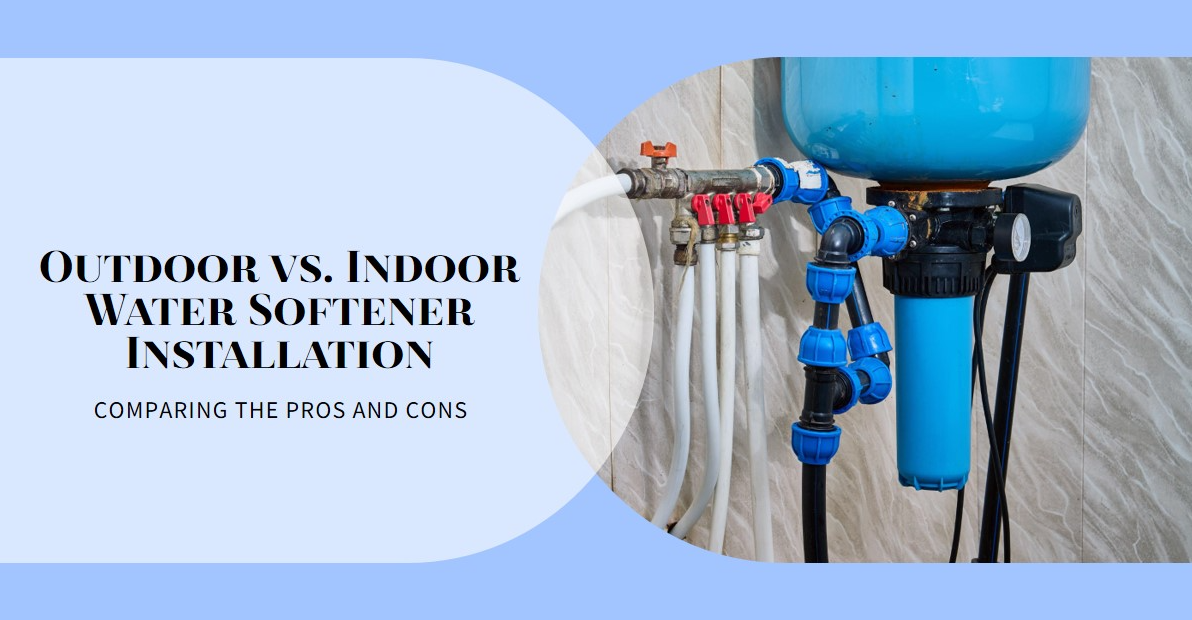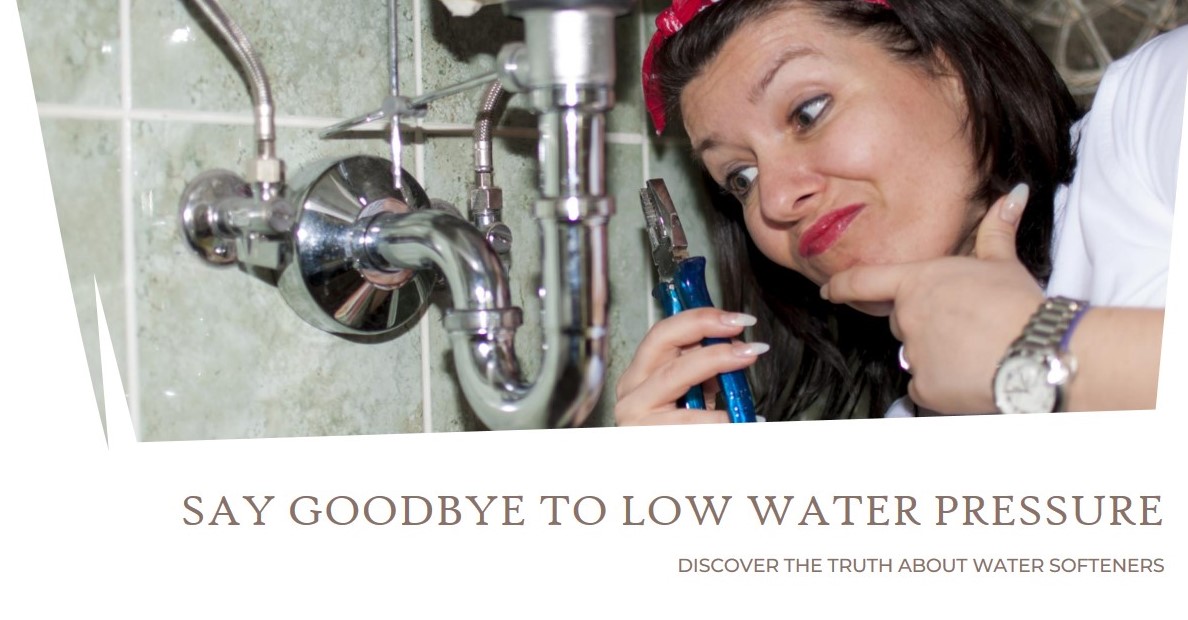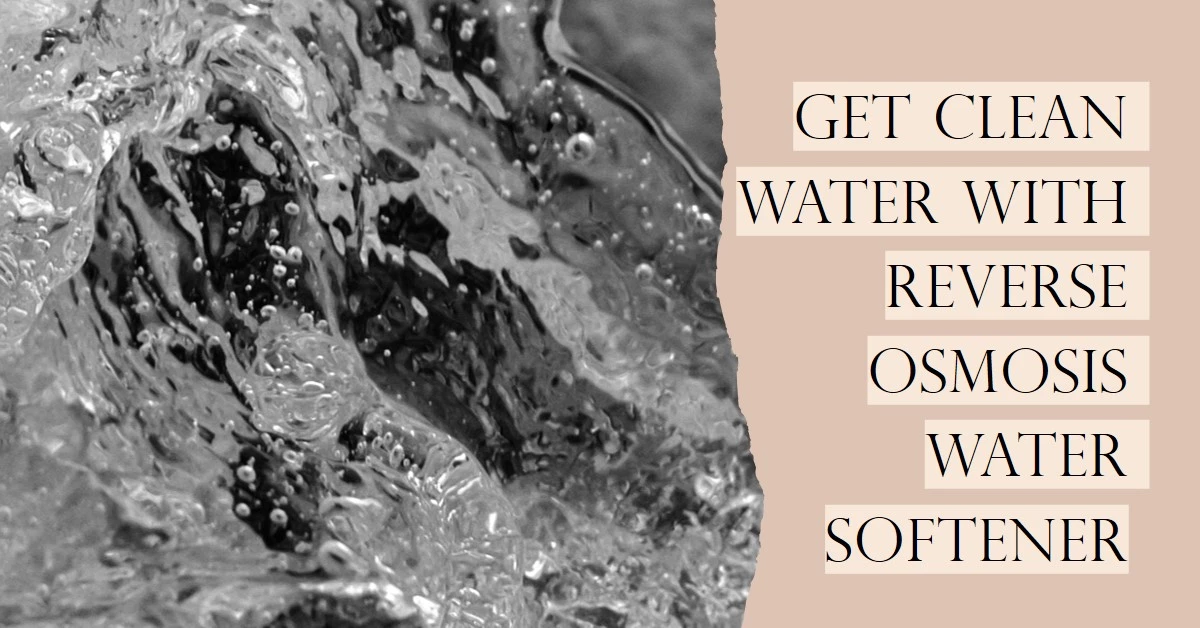Understanding the regeneration cycles of water softeners is essential for homeowners and individuals who want to maintain their systems effectively. In this article, we’ll discuss the importance of regeneration, the average duration of regeneration cycles, and how to optimize your water softener for better performance.
Understanding Water Softeners
Water softeners are essential for treating hard water, which contains high levels of minerals like calcium and magnesium. These minerals can lead to problems such as mineral buildup, reduced water flow, and damaged appliances. Water softeners use an ion exchange process to remove these minerals and provide soft water.
How Water Softeners Work
Water softeners work by using a resin bed filled with resin beads that attract and hold hard water minerals. As water flows through the resin bed, the minerals are exchanged for sodium ions, thus softening the water.
Ion Exchange Process
The ion exchange process is the key to water softening. When hard water flows through the resin bed, the negatively charged resin beads attract the positively charged minerals, like calcium and magnesium, removing them from the water.
Hard Water vs. Soft Water
Hard water contains high levels of minerals like calcium and magnesium, which can cause issues in your home. Soft water, on the other hand, has these minerals removed, providing benefits such as improved water flow, longer-lasting appliances, and less mineral buildup.
Regeneration Cycle Overview
Regeneration is crucial for water softeners to maintain their effectiveness. The process involves three main stages: backwash, brining, and rinse.
Purpose of Regeneration
The purpose of regeneration is to remove the accumulated minerals from the resin beads and replenish the sodium ions in the resin bed. This allows the water softener to continue effectively removing hard water minerals.
Regeneration Stages: Backwash, Brining, and Rinse
- Backwash: This stage involves reversing the water flow to flush out any debris and dirt from the resin bed.
- Brining: In this stage, a brine solution is pumped into the resin bed, where the sodium ions replace the hard water minerals on the resin beads.
- Rinse: Finally, the system rinses the resin bed, flushing out the excess brine and hard water minerals.
Factors Affecting Regen Cycle Duration
Several factors can influence the duration of a regeneration cycle, including grain capacity, water hardness, and controller settings.
Grain Capacity
Grain capacity refers to the amount of hard water minerals a water softener can remove before needing regeneration. A higher grain capacity will generally result in longer regeneration cycles.
Water Hardness
The hardness of your water supply can also affect regeneration cycle duration. Higher levels of water hardness can cause the resin bed to become saturated more quickly, requiring more frequent regeneration cycles.
Controller Settings
The settings on your water softener’s controller can impact the duration of regeneration cycles. Some systems allow you to adjust the cycle duration based on factors such as water hardness and household water usage.
Average Regeneration Cycle Time
The average regeneration cycle time for a water softener typically ranges from 1 to 2 hours. However, this can vary depending on factors such as grain capacity, water hardness, and controller settings.
General Timeframes for Regeneration
While the average regeneration cycle time is 1 to 2 hours, some systems may have shorter or longer cycles. It’s essential to consult your water softener’s manual or speak with a professional to determine the appropriate cycle duration for your specific system.
Water Usage During Regeneration
During the regeneration process, water is used to flush out the hard water minerals and excess brine. The amount of water used can vary, but typically, a water softener will use between 50 and 150 gallons of water per regeneration cycle. This water usage can be influenced by factors such as grain capacity, water hardness, and system efficiency.
Regeneration Frequency
Determining the optimal regeneration frequency for your water softener is essential for maintaining system efficiency and providing consistent water quality.
How Often a Water Softener Should Regenerate
The frequency of regeneration will depend on factors such as household water usage and the softener’s grain capacity. Generally, water softeners regenerate every few days to a week, but this can vary based on your specific needs and system settings.
Household Water Usage and Softener Efficiency
Understanding your household’s water usage is crucial for determining the appropriate regeneration frequency. By monitoring water consumption, you can adjust the regeneration settings on your water softener to ensure it operates at peak efficiency.
Manual Regeneration
There may be times when you need to initiate a manual regeneration, such as when the resin bed becomes saturated due to increased water usage.
When and Why to Initiate Manual Regeneration
Manual regeneration should be initiated if you notice a decrease in water quality, such as increased water hardness or reduced water flow. This can occur if your water softener has not regenerated automatically or if there is a sudden increase in water usage.
Step-by-Step Process for Manual Regeneration
- Locate the control valve on your water softener and set it to the “regeneration” or “recharge” position.
- Press and hold the regeneration button for a few seconds until the process begins.
- Allow the water softener to complete the regeneration cycle, which typically takes 1 to 2 hours.
- Once the cycle is complete, the system will return to its normal operation.
Optimizing Water Softener Performance
Maintaining your water softener and ensuring optimal performance involves monitoring salt levels, water pressure, and proper controller settings.
Monitoring Salt Levels and Water Pressure
Regularly check the salt levels in your brine tank and add salt as needed. Also, monitor the water pressure in your home to ensure it remains consistent, as fluctuations can impact the efficiency of your water softener.
Ensuring Proper Controller Settings
Ensure your water softener’s controller settings are accurate based on factors such as water hardness and household water usage. Regularly review and adjust these settings to maintain optimal performance.
Regular Maintenance and Upkeep
Regularly inspect your water softener for signs of wear or damage and clean the system as needed. Perform routine maintenance, such as checking for leaks, cleaning the brine tank, and replacing the resin bed as recommended by the manufacturer.
Salt-Free Water Softeners
Salt-free water softeners provide an alternative to traditional salt-based systems, offering different regeneration processes and benefits.
Alternative Softening Technologies
Salt-free water softeners use technologies such as template-assisted crystallization (TAC) or electromagnetic water treatment to reduce hard water minerals without using salt.
Regeneration Process Differences
Salt-free water softeners do not use a regeneration process like traditional salt-based systems. Instead, they continuously treat water without the need for regeneration cycles, reducing water usage and maintenance requirements.
Key Takeaways
Understanding and maintaining water softener regeneration cycles is crucial for homeowners and individuals who want to ensure optimal water quality and system performance. By monitoring factors such as grain capacity, water hardness, and household water usage, you can optimize your water softener’s efficiency and enjoy the benefits of consistently soft water.





